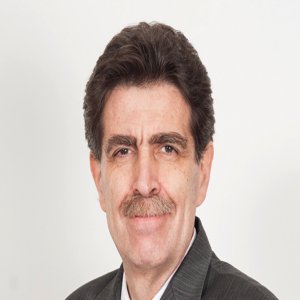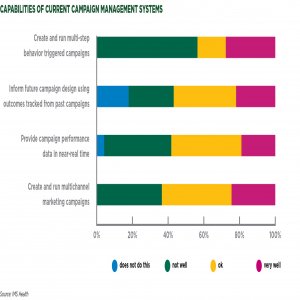Incentivizing Wellness in Mexican Businesses

STORY INLINE POST
For every US$1 invested in healthcare in Mexico, US$13 is generated by increased productivity. The country’s expanding obesity epidemic has far reaching implications, not just for the country’s mortality rate or the government’s budget, but also for the wider economic climate in the country. Not only this, but the problem is rooted deep within Mexican cultural behavior, with an unhealthy worklife balance and sedentary lifestyles becoming major contributory factors exacerbating the already critical issue.
For this reason, the Workplace Wellness Council (WWC) was set up ten years ago and it has since been working within companies to reduce the amount of absenteeism caused by chronic illnesses linked to obesity. Angeles de Gyves, Director General of the WWC, believes that saving Mexico’s healthcare industry requires an integrated approach which involves education and the complete overhaul of the traditional Mexican mindset. While the US’ influence over Mexico is obvious, many aspects of the country’s working culture was adopted from Spain, including the feature of long lunches and working until late in the evening. However, in the US, people may only take 45-minute lunch breaks often working at the same time. They coined the term working lunch and it is perceived as normal because they leave the office at 5pm. Mexico has mixed these two ideas while blending them with the corporate cultures of multinationals from around the world, which has led to a situation where many Mexicans work like Spaniards but with the urgency of Americans. According to de Gyves, shorter hours and optimized strategies would allow for more sustainable profitability for businesses.
The initiative should also includes a major investment in urban infrastructure and transportation for a reduction in commute times. In addition to long hours spent at the office, commute times can incredibly equal the length of working hours. This must change in order for Mexican citizens to be able to spend more time at home, which will reduce stress, exhaustion, give people more time to prepare balanced meals instead of ordering fast food and create a more conducive atmosphere to recreational exercise. A well-rounded program, according to de Gyves, consists of five components. Firstly, a company and its employees must know their basic biometric numbers, such as blood pressure and cholesterol. After that, e-health initiatives, promoting smoke-free environments, making time for exercise, and promoting an equitable work-life balance are essential steps, which can be complemented by other focal areas such as stress management. Furthermore, each company must provide incentives to employees to participate in such programs, which can vary from industry to industry; in the financial sector, employees value days off since they work long hours, whereas in the IT industry, many programmers work from home so different incentives are needed.
A major contributory factor to the success of the council is the example set by Europe, the US and Canada. Many multinationals operating in Mexico with headquarters in the US or Europe have internal workplace wellness policies that are seen as being equally important as corporate governance or ethics policies. When a company’s senior executives acknowledge the importance of a wellness program, it is a natural progression for subsidiaries to implement such policies in Mexico. The main aim of the Council, apart from their mission to promote healthy habits, is to drive information sharing and best practice between the major entities. The WWC talk to associations in other sectors that are implementing healthy working environments and then create links with official associations. For example, SuMe, a green building association in Mexico is focusing on sustainable construction, which the Council supports due to its evident health benefits. “This broad scope of action makes it easier for us to inform the government and the general public of their goals,” according to De Gyves. Since its foundation five years ago, the Workplace Wellness Council Mexico has recruited 107 members. Originally, certain SMEs were nervous about associating with multinationals within the framework but WWC overcame this by setting up a mandatory seven-stage program for implementing a workplace wellness program, regardless of size.
Overall, the real objective of the Workplace Wellness Council is to make people feel responsible for changing their lifestyles. Companies or public institutions can provide programs for workplace wellness but it is up to individuals to participate.























